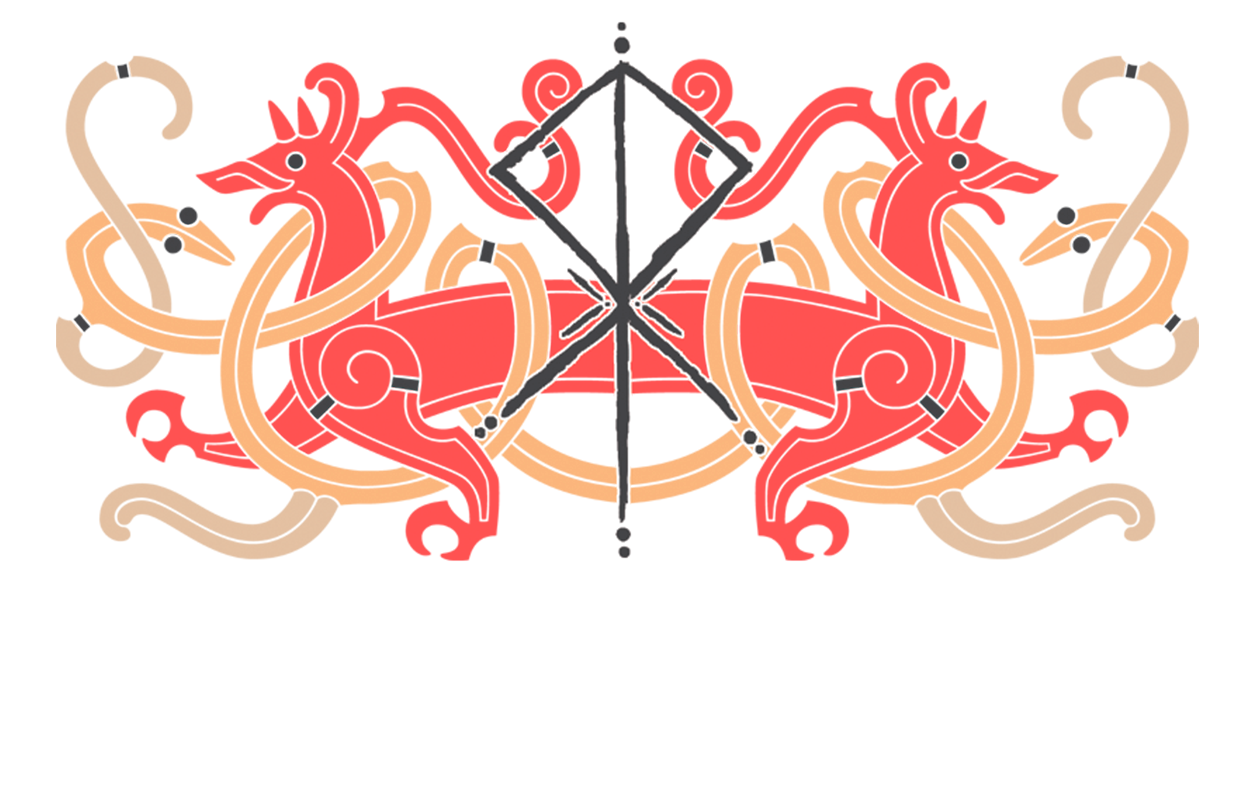Viking expansion reached its peak between the 8th and the 11th century. Europe and the world are then prey to the Norman invasions, perpetrated by a people reputed to be cruel and devastating . France, England, Iceland and even America were colonized by these warriors from Denmark and Sweden. While their motivations are many and sometimes obscure, recent studies show that the intensive production of tar would have allowed these warriors to improve their ships and to travel very far from their homelands.

TAR: A TECHNOLOGICAL INNOVATION
“The intensification of maritime activities in the Viking Age probably increased the consumption of tar, which also became a commercial raw material”. Andreas Hennius, archaeologist at the University of Uppsala in Sweden, links the Viking expansion to the intensive production of this material, which would have made it possible to develop the Viking fleet by making it waterproof. According to scientists, this production was especially intensive because 130 liters were needed to seal a single ship!
The tar was made by burning wood and pine in large ovens. If this activity was rather modest around the 4th century, the proliferation of these tar pits throughout the country in the 8th century and the considerable increase in their size, some having a capacity of 500 liters, reflects a growing demand for this product at the time of the Viking conquests. This large-scale production would therefore have enabled the Normans to multiply long-distance travel and conquer many territories.

VARIOUS MOTIVATIONS
The expansion of the vikings served many purposes: the quest for wealth, metal and gold, the search for new lands to cultivate, Denmark being a not very fertile land, and the taste for adventure. The sea was at the time a vast land of conquest.
But trading was not their only activity. Raiders, the Vikings extorted almost 14% of the economy of the Carolingian Empire in exchange for false promises of peace. Conquerors, they conquered three great kingdoms of England: Northumbria, East Anglia and Mercia. Their invasions then spread throughout the world. Iceland, Greenland, or even America, which they called Vinland, were invaded. France, or rather the Frankish Kingdom, was also conquered: first by Vendée, then Nantes at the end of the 8th century . century. Orléans followed, via the Loire, then Paris via the Seine.
If the Viking heritage remains modest in our current culture, these warriors have marked history with an indelible mark and remain today an inexhaustible source of inspiration.

Source: National Geographic







Leave a comment
This site is protected by hCaptcha and the hCaptcha Privacy Policy and Terms of Service apply.